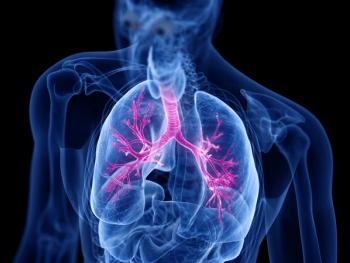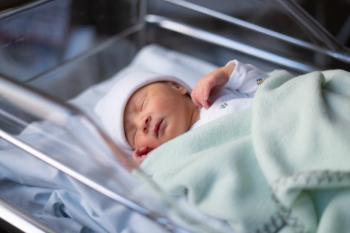
- August 2019 Back to School
- Volume 85
- Issue 8
Asthma Watch: Traffic-Related Air Pollution Causes Asthma for Millions of Children
The results of a new study by George Washington University show that about 4 million children worldwide develop asthma annually because of nitrogen dioxide inhalation through air pollution.
The results of a new study by George Washington University show that about 4 million children worldwide develop asthma annually because of nitrogen dioxide inhalation through air pollution. Based on data from 2010 to 2015, the study estimates that 65% of these new cases of asthma occur in urban areas.
Published in Lancet Planetary Health, the study is the first to qualify the worldwide burden of new pediatric asthma cases linked to traffic-related nitrogen dioxide by using a method that considers high exposures to this pollutant that occur near busy roads.
Investigators linked global data sets of nitrogen dioxide concentrations, pediatric population distributions, and asthma incidence rates with epidemiological evidence relating traffic-derived nitrogen dioxide pollution with asthma development in children. They were then able to estimate the number of new pediatric asthma cases attributable to nitrogen dioxide pollution in 194 countries and 125 major cities worldwide.
The researchers noted that an estimated 13% of the annual pediatric asthma incidence worldwide was linked to nitrogen dioxide. China accounted for about 760,000 cases of asthma per year, followed by India at 350,000 and the United States at 240,000.
Reference
New study finds millions of children worldwide develop asthma each year due to traffic-related air pollution [news release]. Washington, DC: George Washington University Public Health; April 20, 2019. publichealth.gwu.edu/content/new-study-finds-millions-children-worldwide-develop-asthma-each-year-due-traffic-related-air. Accessed July 22, 2019.
Articles in this issue
over 6 years ago
A Hospital and Physician Share Liability for Prescribing Opioidsover 6 years ago
Motivational Interviewing Offers a Path to Improved Adherenceover 6 years ago
Drug Shortages Raise Critical Safety Concernsover 6 years ago
Case Study: Albuterolover 6 years ago
340B Specialists Help Maintain Program Integrityover 6 years ago
How Can Patients Prevent and Treat Fall Allergies?over 6 years ago
Case Study: Vitamins for Eye HealthNewsletter
Stay informed on drug updates, treatment guidelines, and pharmacy practice trends—subscribe to Pharmacy Times for weekly clinical insights.


















































































































































































































